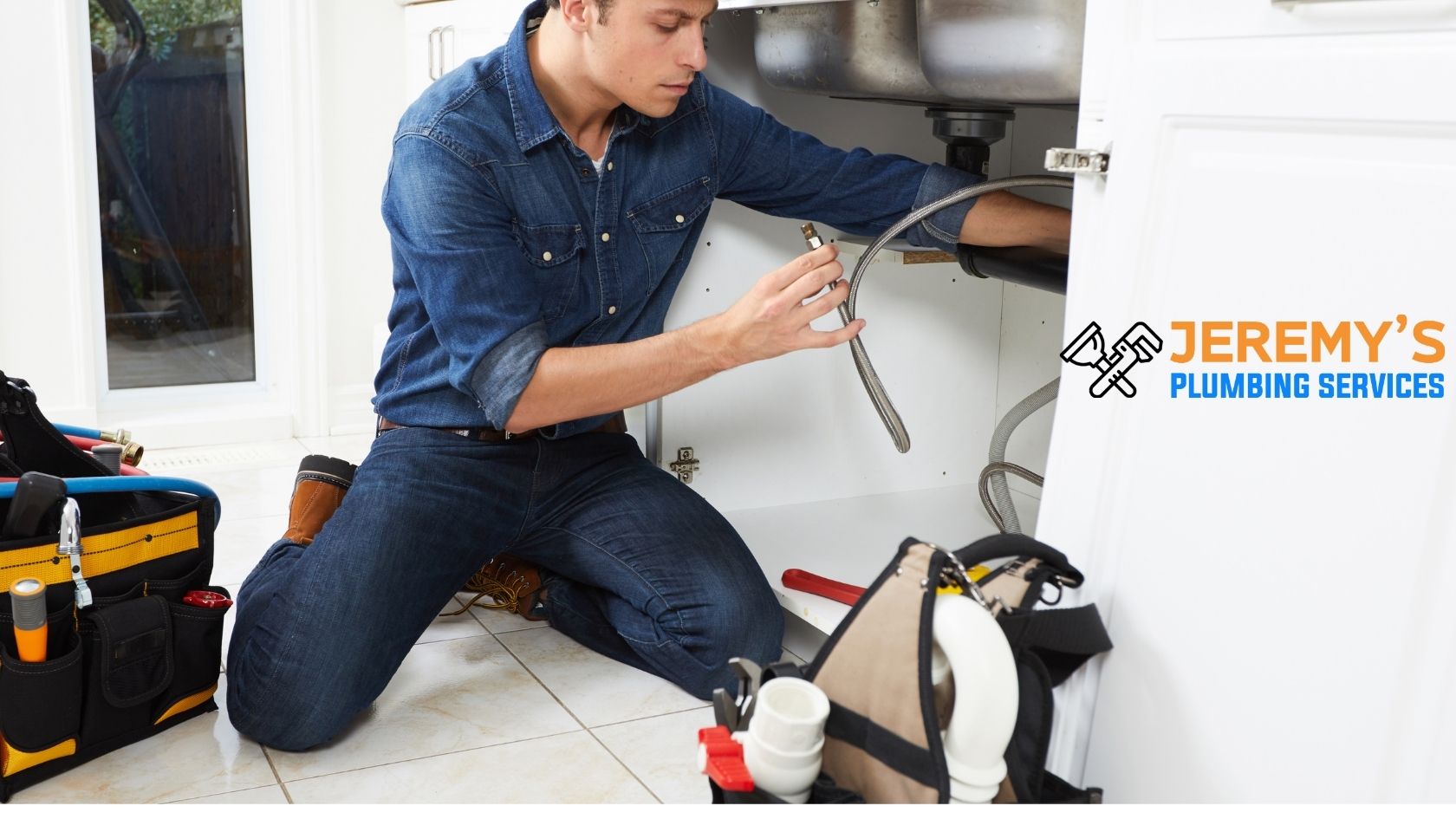
Dealing with a dripping tap can be frustrating, especially when it leads to water wastage and higher bills. Fortunately, fixing a dripping tap is a skill that you can learn with a bit of guidance and the right tools. This beginner’s guide will walk you through the steps for dripping tap repair in Sydney, helping you save water and maintain your plumbing effectively.
Understanding Your Tap
Before diving into the repair process, it’s helpful to understand the basic components of your tap. Most taps fall into one of these common types:
- Compression Taps: These taps have separate hot and cold handles and are prone to leaks due to worn-out washers.
- Ceramic Disc Taps: Featuring a single lever for temperature and flow control, leaks are often caused by damaged ceramic discs inside the tap.
- Ball Taps: These taps have a single handle that controls a ball mechanism inside. Leaks can occur due to worn-out components like the ball, springs, or seals.
- Cartridge Taps: Similar to ceramic disc taps but with different internal mechanisms, leaks here usually stem from worn-out cartridges that need replacement.
Tools and Materials You’ll Need
Before you start, gather these tools and materials:
- Adjustable wrench or spanner
- Screwdrivers (both flathead and Phillips)
- Replacement washers, O-rings, ceramic discs, or cartridges (depending on your tap type)
- Penetrating oil (if screws are stuck)
- Plumber’s tape (optional)
- Cloth or towel
- Bucket or bowl (to catch any water)
Step-by-Step Guide to Repairing a Dripping Tap
Step 1: Turn Off the Water Supply
Locate the shut-off valve under the sink and turn it clockwise to shut off the water supply to the tap. If there’s no shut-off valve, turn off the main water supply to your home.
Step 2: Prepare Your Work Area
Place a cloth or towel under the tap to catch any water and prevent damage to the surrounding area.
Step 3: Remove the Tap Handle
Use a screwdriver to carefully remove the screw holding the tap handle in place. This screw is often hidden under a decorative cap on the top of the handle. If the screw is stuck, apply penetrating oil and wait a few minutes before trying again.
Step 4: Access the Tap Mechanism
Once the handle is removed, use an adjustable wrench or spanner to loosen and remove the tap body or cartridge. Take note of the orientation of any parts you remove for easier reassembly later.
Step 5: Inspect and Replace Washers, O-rings, Discs, or Cartridges
Inspect the internal components of the tap for signs of wear or damage. Depending on your tap type, replace the worn-out washers, O-rings, ceramic discs, or cartridges with new ones of the same size and type. Ensure they fit snugly and are correctly oriented.
Step 6: Reassemble the Tap
Carefully reassemble the tap by reversing the steps you followed to disassemble it. Start by screwing the tap body or cartridge back into place, then reattach the handle. Tighten all components securely but avoid over-tightening, as this can cause damage.
Step 7: Test the Tap
Turn the water supply back on and slowly open the tap to check for any leaks. If the tap continues to drip, double-check that all components are securely tightened. If the problem persists, you may need to inspect further or seek assistance from a professional plumber.
Tips for Maintaining Your Taps
- Regular Checks: Periodically inspect your taps for leaks or signs of wear. Addressing minor issues early can prevent larger problems later.
- Avoid Over-Tightening: When reassembling taps, tighten components enough to prevent leaks but not so much that you risk damaging washers or O-rings.
- Use Quality Parts: When replacing tap components, opt for high-quality replacements to ensure durability and longevity.
Conclusion
Repairing a dripping tap in Sydney doesn’t have to be daunting, even for beginners. By following this step-by-step guide and understanding your tap’s type and components, you can effectively fix most dripping tap issues. Remember to take your time, use the right tools, and if needed, don’t hesitate to seek help from a professional plumber for more complex repairs. Maintaining your taps regularly will not only save water and money but also contribute to the overall efficiency of your home plumbing system